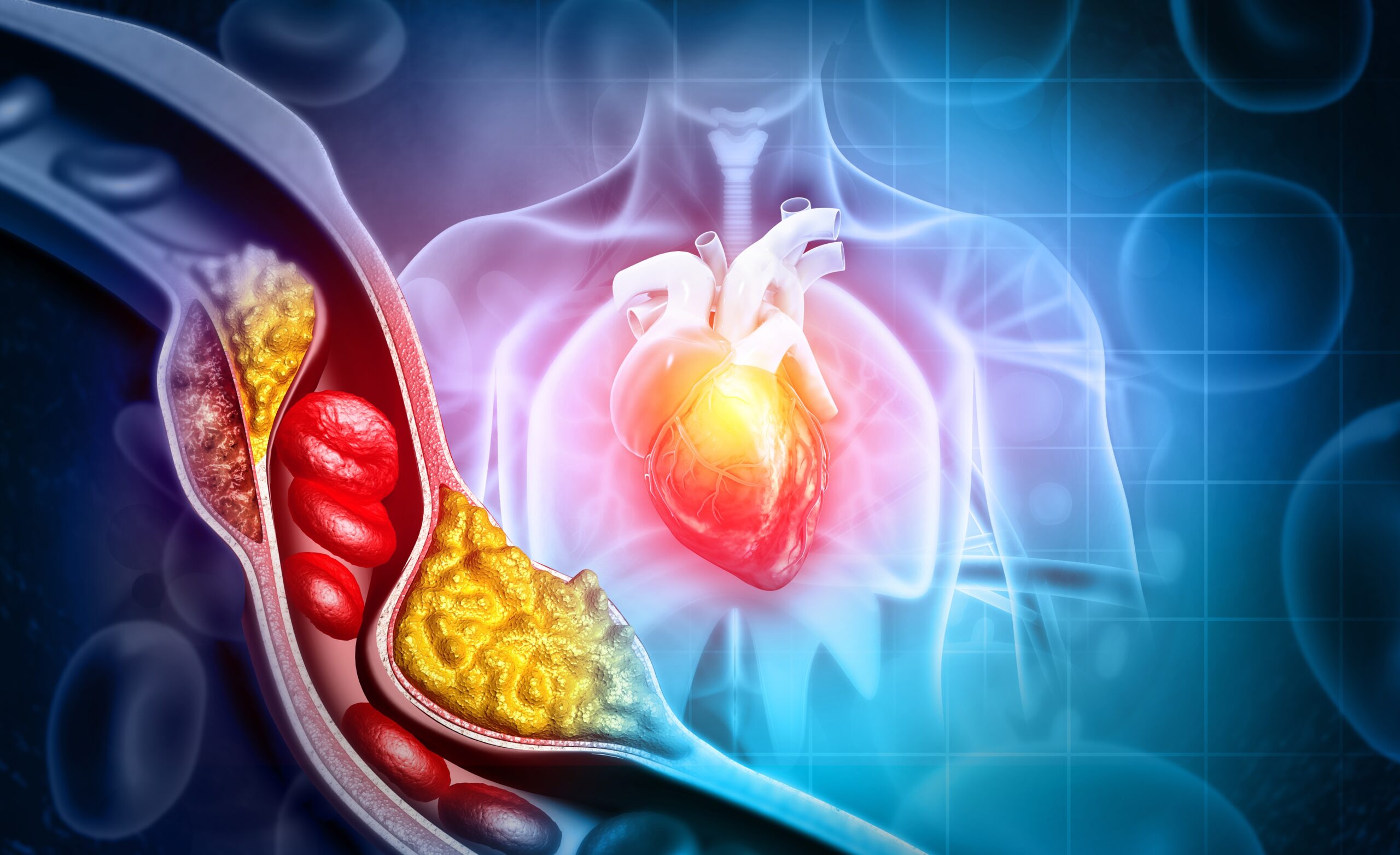Good vs. Bad Cholesterol
Cholesterol, a waxy, fat-like substance found in all cells of the body, is crucial for the formation of cell membranes, certain hormones, and vitamin D. However, cholesterol is often discussed in terms of its “good” and “bad” forms, which refer to the way cholesterol is transported through the bloodstream. Understanding the difference between these forms is essential for maintaining heart health and reducing the risk of cardiovascular disease.
The terms “good” and “bad” cholesterol relate to lipoproteins, which are compounds made of fat (lipid) and proteins. Lipoproteins are responsible for transporting cholesterol through the bloodstream. There are two main types of lipoproteins: low-density lipoprotein (LDL) and high-density lipoprotein (HDL).
LDL, commonly known as “bad” cholesterol, carries cholesterol from the liver to cells throughout the body. While this process is necessary for the body’s functioning, too much LDL can be harmful. Excess LDL can lead to the buildup of fatty deposits (plaques) on artery walls, a condition known as atherosclerosis. These plaques can narrow and harden arteries, restricting blood flow. If a plaque ruptures, it can form a clot that blocks the flow of blood. A blockage in the heart’s arteries can cause a heart attack, while one in the brain’s arteries can lead to a stroke. Therefore, high levels of LDL cholesterol are considered a major risk factor for heart disease and stroke.
HDL, on the other hand, is known as “good” cholesterol. Its primary function is to transport cholesterol from other parts of the body back to the liver, where it is processed and removed from the body. This process is beneficial because it helps prevent the accumulation of cholesterol in the arteries. High levels of HDL cholesterol have been associated with a lower risk of heart disease and stroke. HDL helps to remove excess cholesterol from plaques in arteries, which can slow their growth and reduce the risk of heart attacks and strokes.
The balance between LDL and HDL cholesterol is a key factor in heart health. While both types are necessary, their levels need to be within a healthy range. High levels of LDL and low levels of HDL can increase the risk of cardiovascular diseases.
Diet, lifestyle, and genetics play significant roles in determining a person’s cholesterol levels. Foods high in saturated fats and trans fats can increase LDL cholesterol. These include fatty meats, full-fat dairy products, and processed foods. Conversely, a diet rich in fruits, vegetables, whole grains, and healthy fats, like those found in fish, nuts, and olive oil, can help lower LDL cholesterol and increase HDL cholesterol.
Regular physical activity is also crucial in managing cholesterol levels. Exercise can help raise HDL cholesterol levels while also lowering LDL cholesterol. Quitting smoking can improve HDL cholesterol levels and overall heart health.
Genetics also influence cholesterol levels. Some people inherit conditions that cause high cholesterol, such as familial hypercholesterolemia. This condition can lead to very high LDL cholesterol levels and an increased risk of heart disease at a young age.
Cholesterol levels are measured through a blood test called a lipid profile, which provides information on total cholesterol, LDL cholesterol, HDL cholesterol, and triglycerides (another type of fat in the blood). For most adults, it’s recommended to have this test every four to six years. However, people with a history of heart disease or high cholesterol, and those with a family history of these conditions, may need more frequent testing.
In conclusion, understanding the roles and effects of good (HDL) and bad (LDL) cholesterol is vital for maintaining heart health. While cholesterol is an essential substance for the body, imbalances in its forms can lead to serious health issues. Managing cholesterol levels through a healthy diet, regular exercise, and, if necessary, medication, can help reduce the risk of heart disease and stroke. Regular cholesterol screenings are also important to monitor and maintain healthy cholesterol levels.
